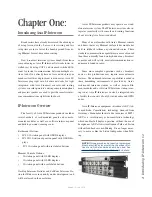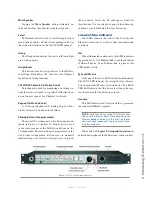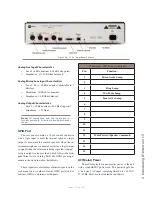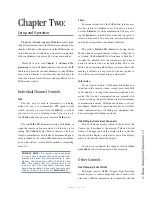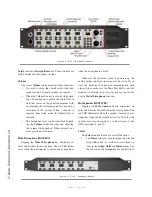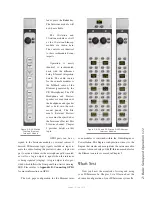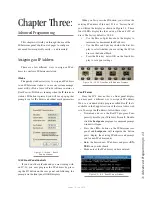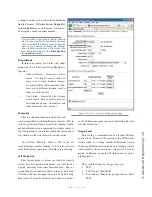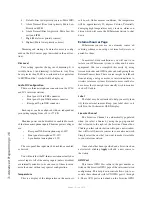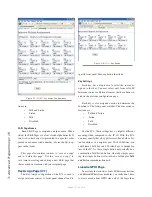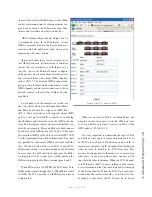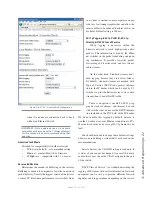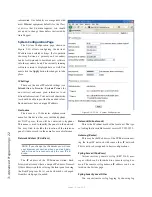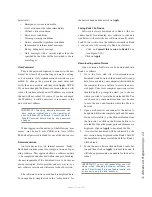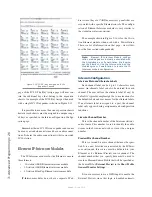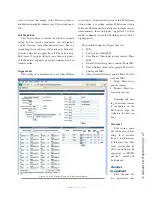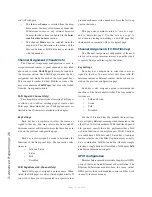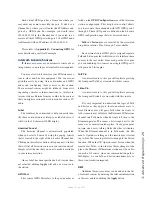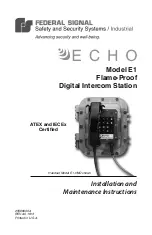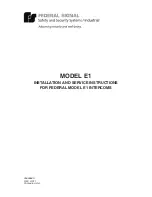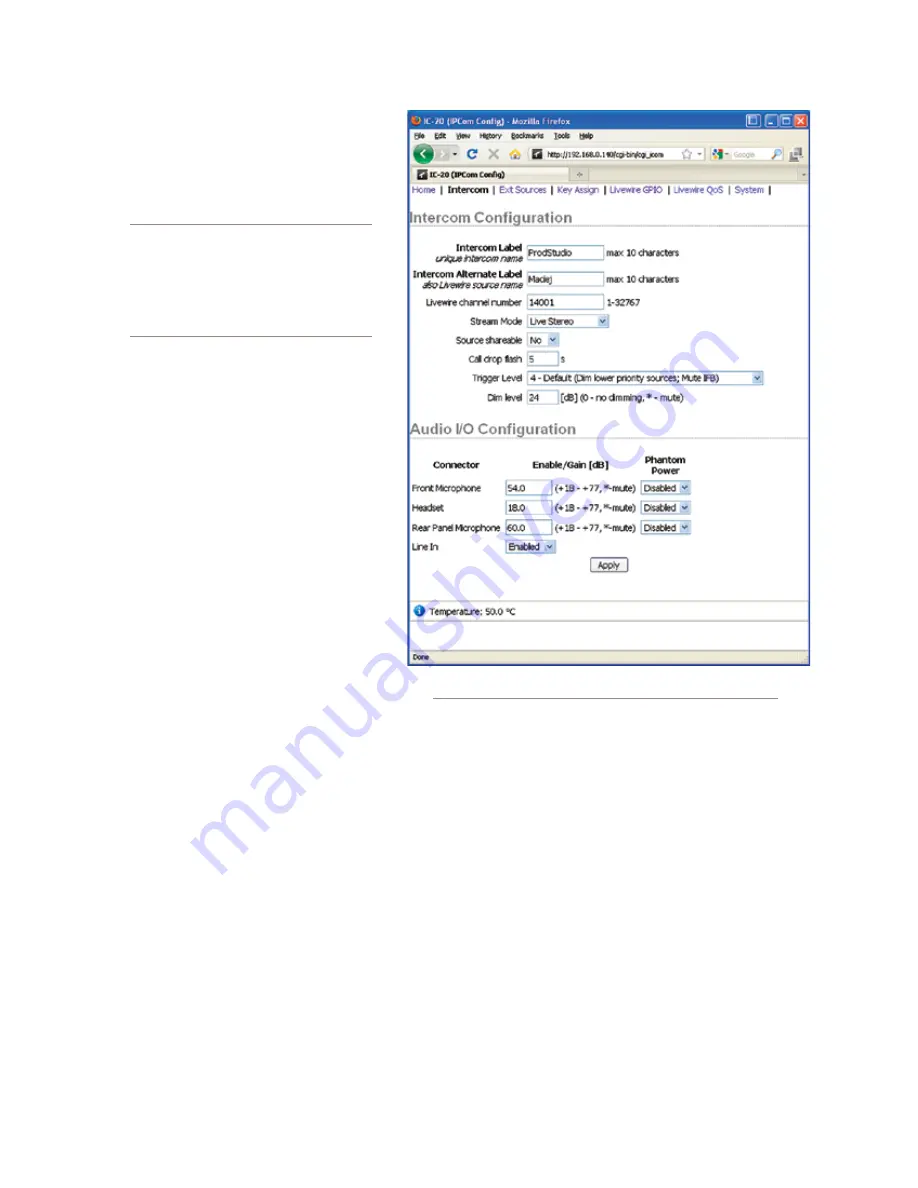
3: A
dv
an
ce
d P
ro
gr
am
m
in
g • 1
5
Version 1.2 July 2010
a unique number. As described in the
Introduc-
tion to Livewire: IP-Audio System Design Ref-
erence and Primer
, each Livewire stream must
be assigned a unique channel number.
You will want to develop a logical naming
plan for your facility. For example you may
wish to include the studio or rack name as
part of your names to make life simpler
when identifying sources in the future. We
give some examples in the
Introduction
to Livewire
manual.
Stream Mode
IP-Intercom sources are Stereo and either
Standard or Live. They can also be Enabled, or
Disabled
•
Standard Stereo – Generates a stereo
source. Use this for sources where la-
tency is not critical. Standard streams
are usually OK for Intercom since other
users are in different locations and la-
tency is not observable.
•
Live Stereo – Generates a low latency
stereo source. This is usually used for
microphones, phones, air monitors and
other monitored “live” sources.
Shareable
This is a standard feature provided for back-
ward compatibility with SmartSurface consoles. This in-
terlock prevents multiple consoles from sending simulta-
neous backfeeds or logic commands to a single source. A
red lock indicates a console has locked the source and it
is available to other consoles in listen-only mode.
Set all Node “Sharable” fields to “
No
” if you are
using Element consoles running v2.0 or later software
since the Element console now handles source sharing.
Call Drop Flash
This feature helps to inform you who has recently
called. In a fast-paced environment, you will receive
a quick messages from other Intercom users. The cor-
responding Listen indicator will continue to flash even
after the caller has dropped the call. The default drop
flash time of 5 seconds will give you a chance to glance
at the IP Intercom panel and easily determine who has
recently called you.
Trigger Level
This setting is communicated to all other IP-Inter-
com stations. It controls the priority of this IP-Intercom
station when it is calling another IP-Intercom station.
When any IP-Intercom station listens to multiple sources
simultaneously, those with lower “trigger level” will be
muted or dimmed by another IP-Intercom user with a
higher priority.
The possible settings for Trigger Level are:
1. IFB
2. Low Priority (Mute IFB)
3. Low Priority (Dim lower priority sources, Mute
IFB)
Figure 3-5: IC.20 - Intercom Configuration Page
Содержание IP-Intercom System
Страница 44: ...Connecting GPIO 36 Version 1 2 July 2010...
Страница 45: ...Connecting GPIO 37 Version 1 2 July 2010...
Страница 48: ...Connecting GPIO 40 Version 1 2 July 2010...
Страница 52: ...Axia Audio a Telos Company 1241 Superior Ave Cleveland Ohio 44114 USA 1 216 241 7225 www AxiaAudio com...

